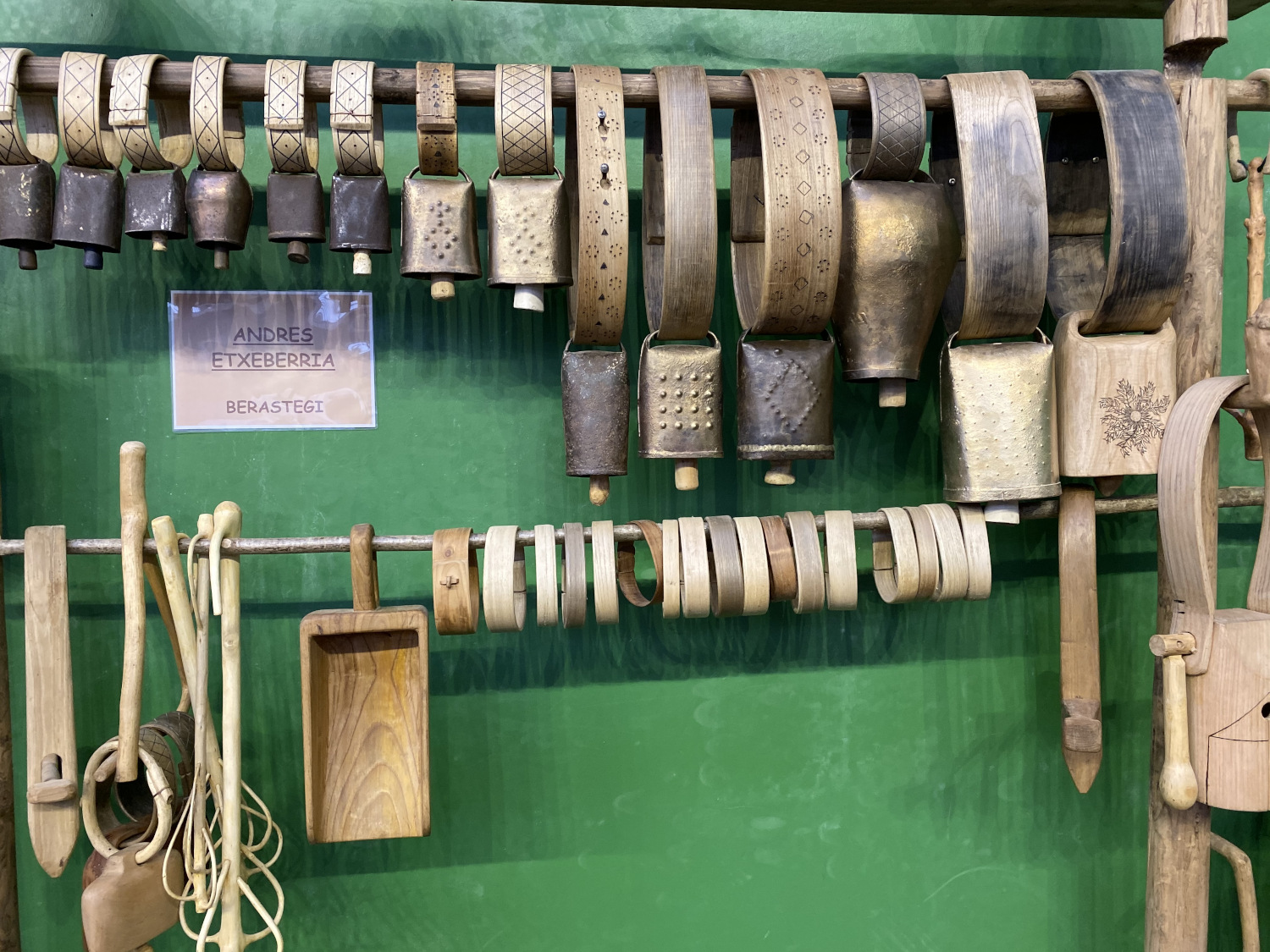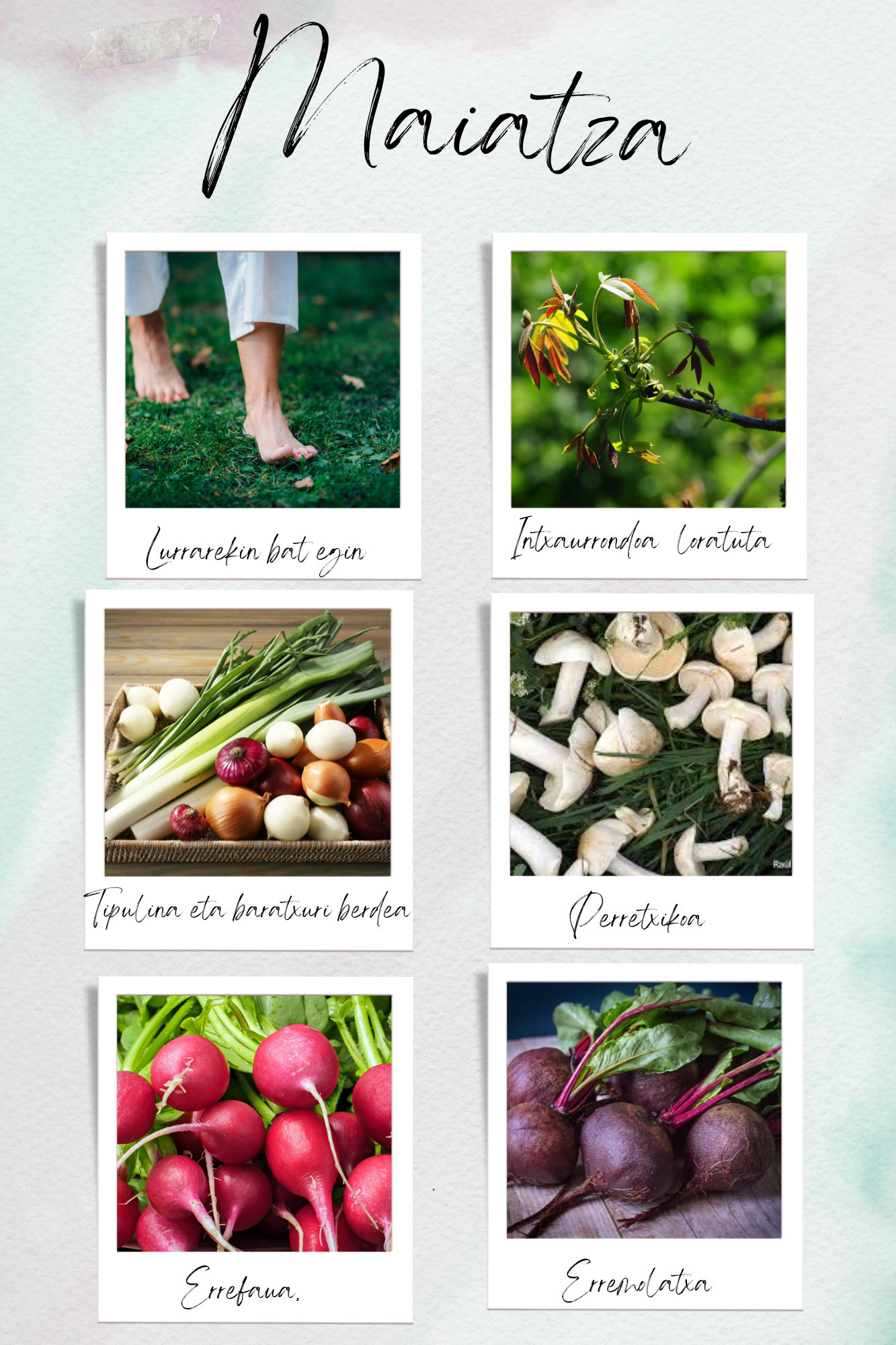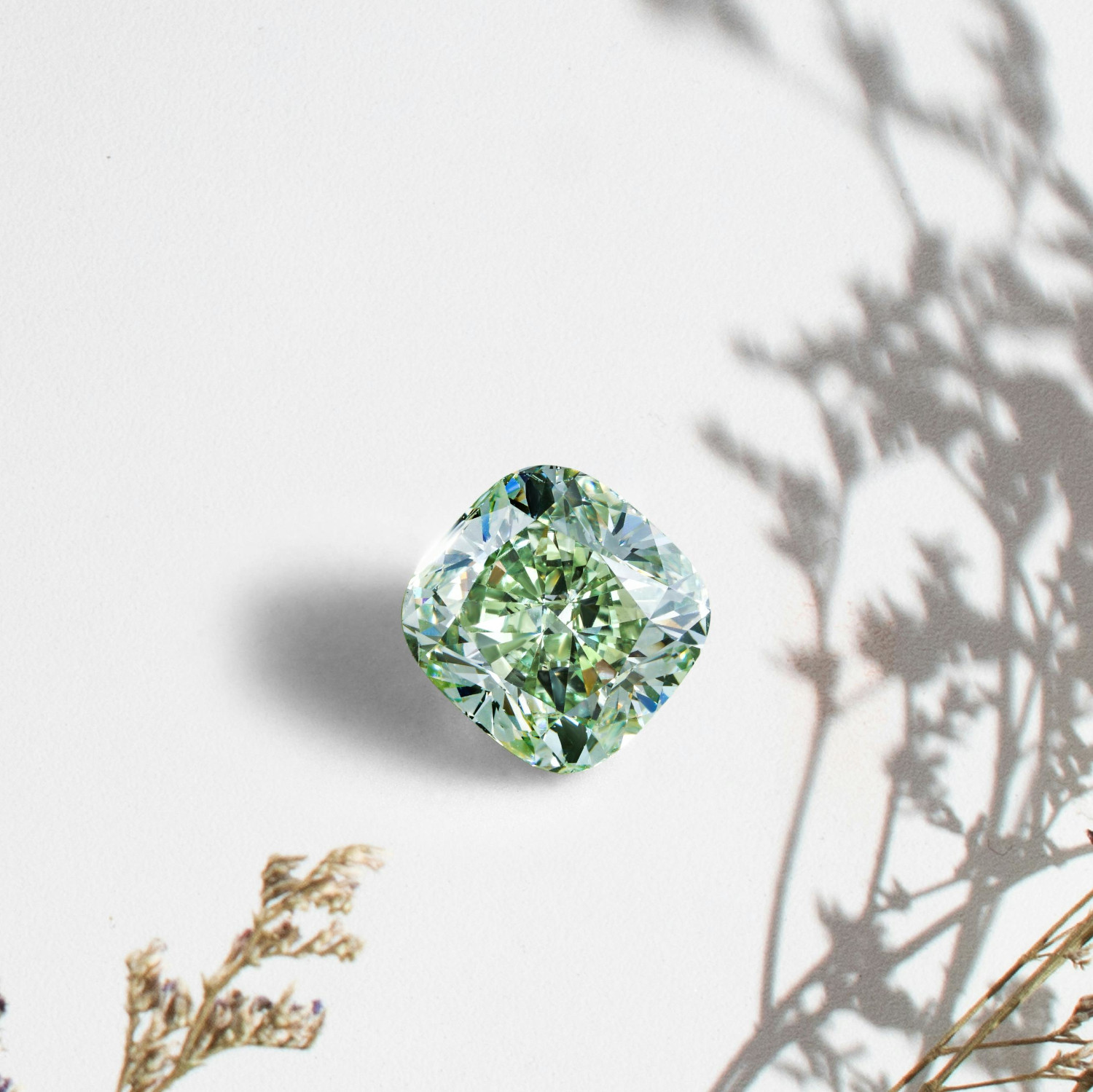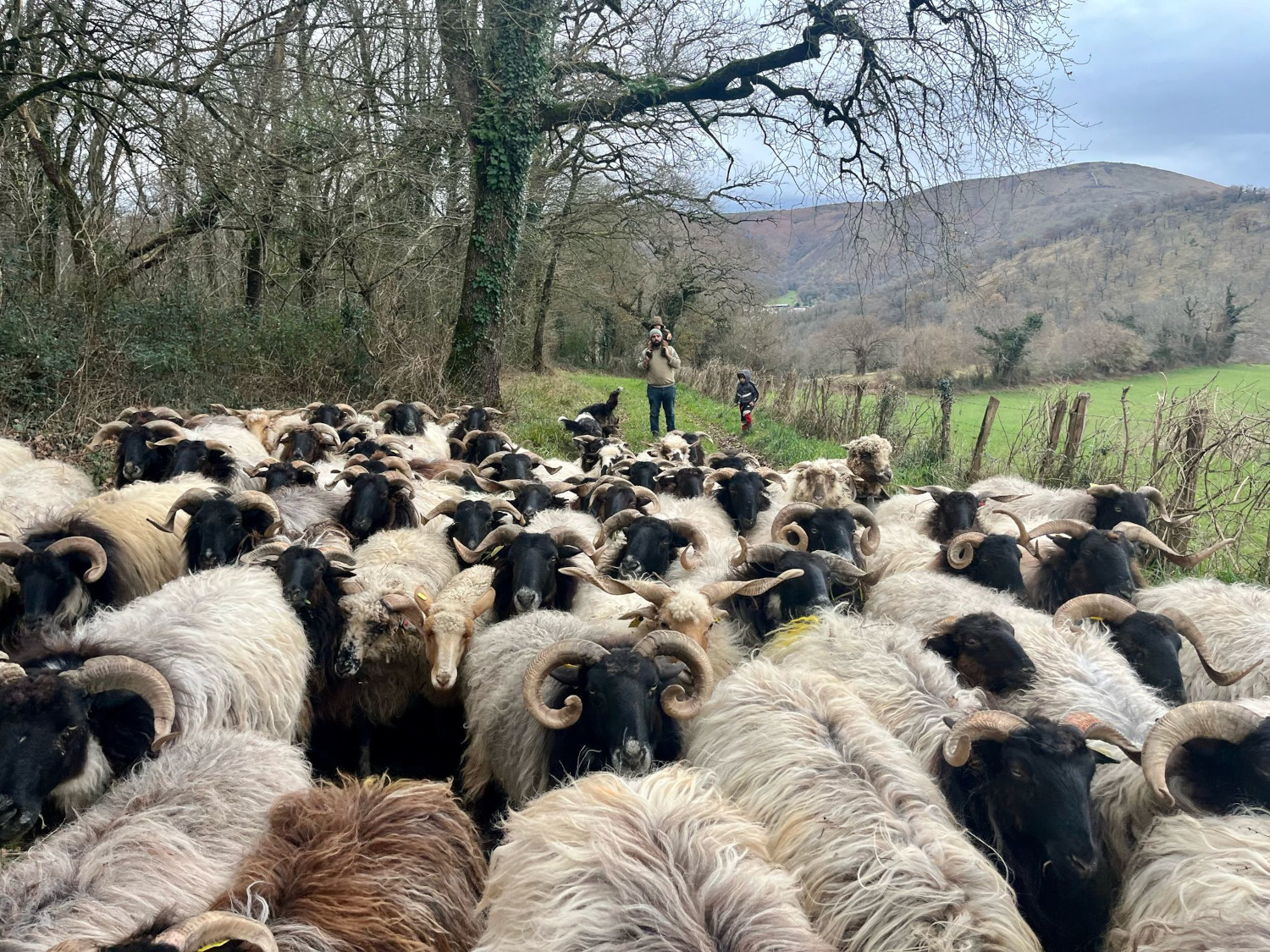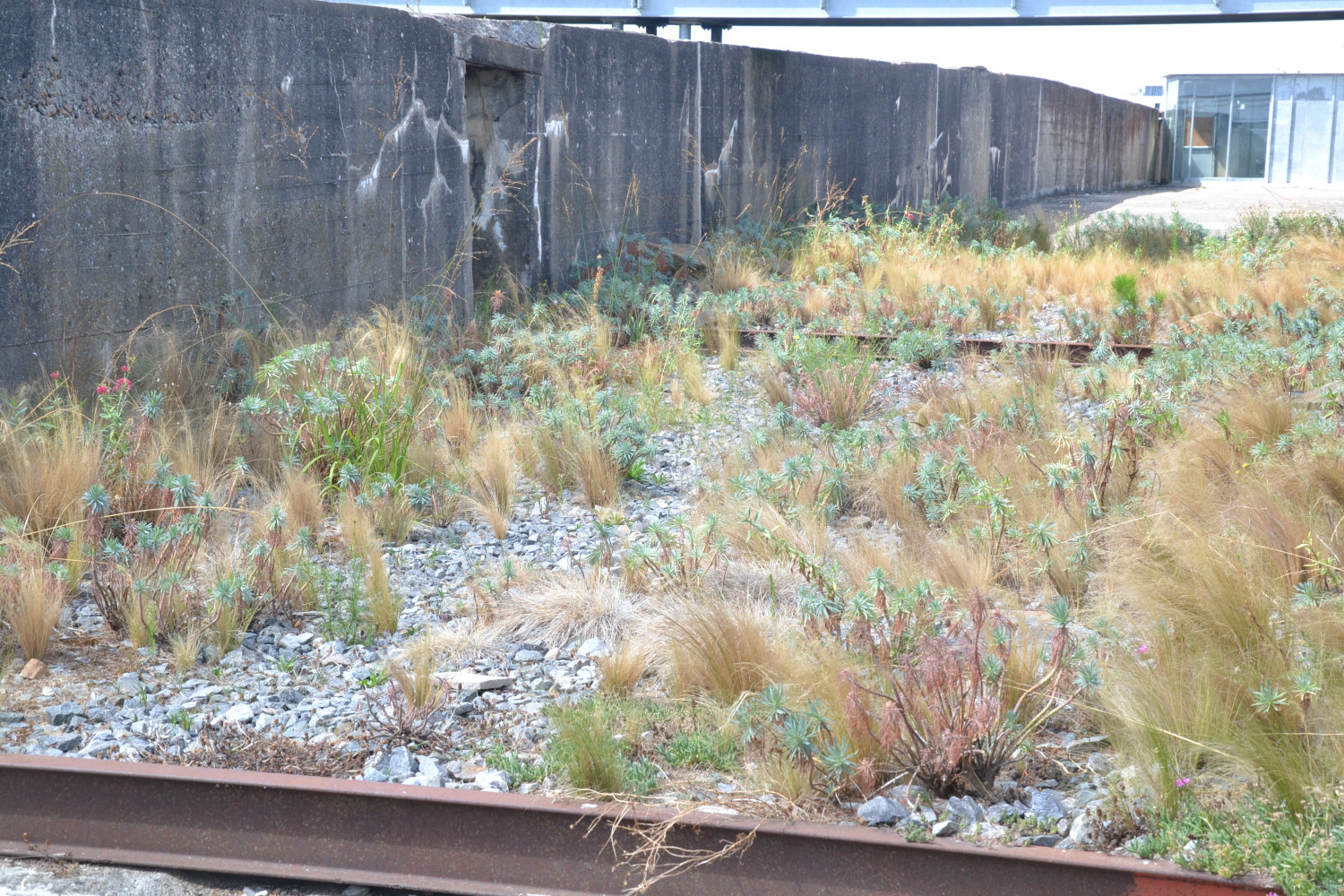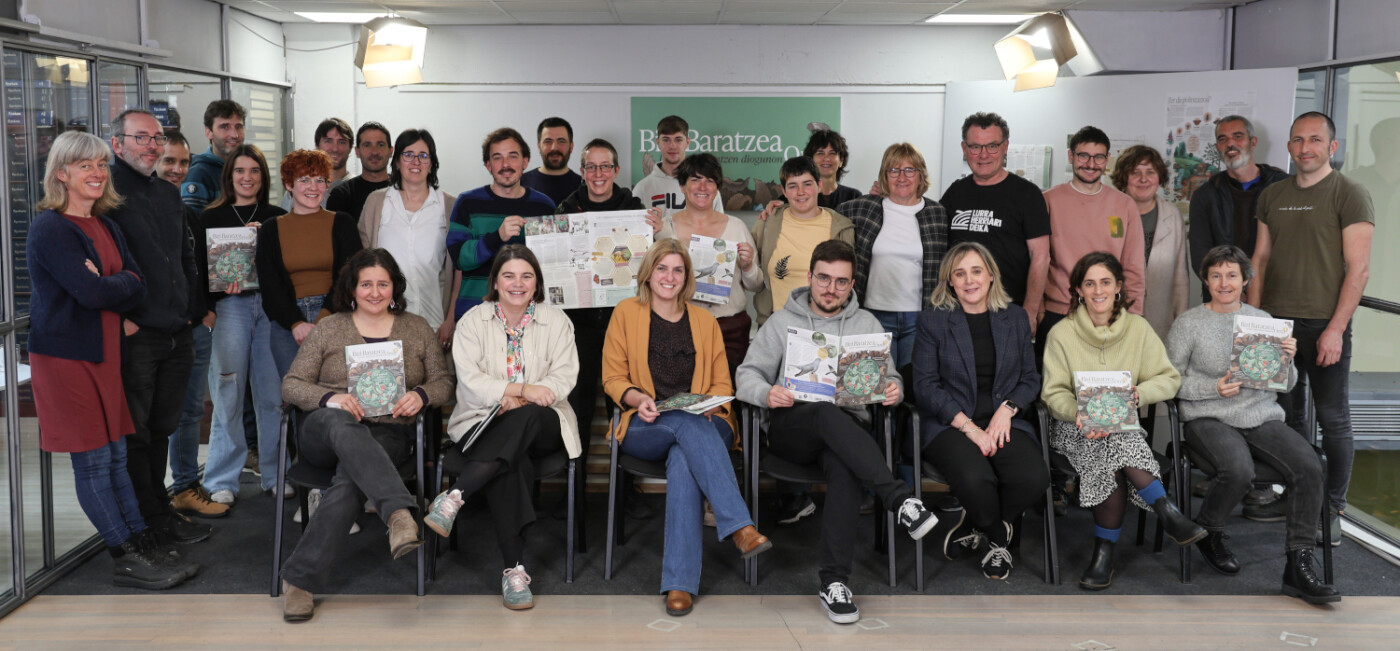Vegetable erotic
- What is more erotic than the garden? I don't know. Thank you and thousands of other plants for inventing sexuality. I don't know if we would be without his invention.

How do plants understand sex? How have they developed it? Sexuality fostered the progress of plants; the new plant varieties guarantee the survival of a species. For this, it is necessary that the female and the male join together and be descendants of the mixture of their characteristics. Some of them will be viable and bring future to the species, almost always more prosperous. To carry out this mixture and sum of genders, most plants preferred the flower structure. It has three paths: the baga, the feminine flowers and the masculine flowers separated into two plants; the biga, the feminine flowers and the masculine flowers on the same plant; and most have hermaphrodite flowers, flowers that group both sexes.
The binding of the female with the male and its placement in the female donation process (generation of the fruit bearing the seeds) requires the female fertilization. The male's pollen should walk the path to the female and fertilize it. The ways to do this path can be divided into two large groups: we hire and self-drive. Renters need intermediate coverers who work on the farm. They are self-adapted, they do not need friends or companions.
Vegetable alkyl must compulsorily collect pollen from another through cross-pollination. Plants move but are not enough to complete this work. They don't move and bind like these animals to fertilize. Plants need mediators in emancipated sex. And the middlemen, the ordinances, the jokes in the neck work, the seven winds, the bee, the bumblebee, the wasp, the fly, the beetle, etc.
The vegetable autogamy performs pollination in each flower before or after the flower opening.
The one who works in the garden, in the garden, in the sagasti, in the vineyard... feels happy in the sighs of joy, enjoys the arrival and donation of the plant. Does the erotic of plants influence that joy? Touch and tremor of the flower silk petals, delicious and yellowish aroma, cross-linking art between the pleasant pistiles or floral needles and tempted wires or wires, attractive forms. & '97; When the vegetable garden is hot, the gardener will not be happy or excited.
The deepening of the habits of plants and the physiology of reproduction and their learning offer us a great opportunity to understand and cultivate fruits and seeds of their sex.
We can get into the treatment of plants, the cover. Can we moderate the desire to develop Arbia and expand its hermaphrodite flowers? Or can we give a boost to the guindilla's sexual desire? Understanding plants, of course, assumes that the gardener himself is better understood, or what? It slows down self-waste and increases its use by slowing Arbia's sexual exchange. By heating the guindilla and encouraging the sexual festival of the flowers, with the heat, it will bring before the beans of guindilla. The turnip feeds us the winter, we warmer the cold; with the guindilla the warm summer is suggested moving the sweat. All for the sake of the horticulturist, and in case of winter hit the tree or tree. Your skin is called leather. Best with an apple and in April, while falling in love with thousands of flowers.








